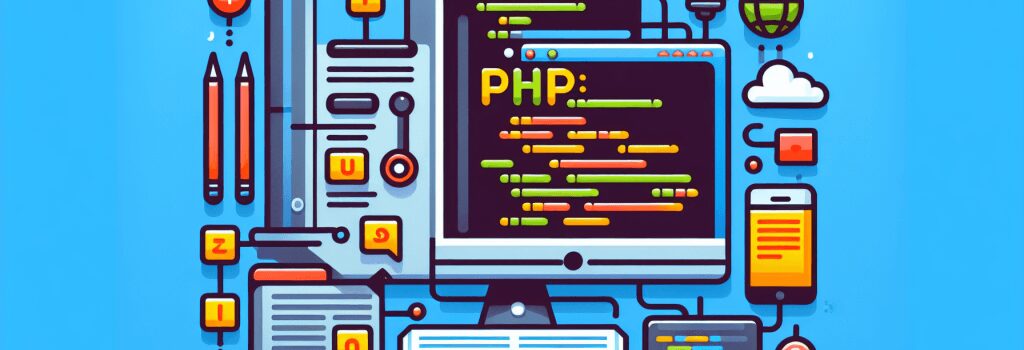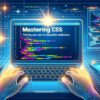Learning PHP: The Server-Side Scripting Language for Web Development

—
PHP, short for Hypertext Preprocessor, stands as a cornerstone in the world of web development. This server-side scripting language is not just pivotal for creating dynamic website content, but also for developing web-based applications. If you’re embarking on a journey to become a proficient web developer, understanding PHP is non-negotiable. Here, we delve deeply into why learning PHP is essential and how it can empower you in the realm of web development.
The Importance of PHP in Web Development
PHP’s versatility allows it to seamlessly integrate with various database systems, including MySQL, which is crucial for developing data-driven websites. Furthermore, PHP’s compatibility with different platforms and servers makes it a universal language for web developers.
Ease of Learning
One of PHP’s most significant advantages is its relative ease of learning compared to other programming languages. Its syntax is logical and well-structured, making it accessible for beginners. Moreover, the abundance of learning resources and a supportive community further eases the learning curve for new developers.
Flexibility and Scalability
PHP offers remarkable flexibility during and after the development process. Whether it’s a small website or a large-scale enterprise application, PHP’s scalability can handle varying levels of complexity and traffic.
Getting Started with PHP
To begin your PHP journey, you’ll need a basic understanding of HTML and CSS as PHP often works in tandem with these technologies. Setting up a local development environment is also crucial. Tools like XAMPP or MAMP can help simulate a server environment on your computer, allowing for seamless PHP testing and development.
Learning the Basics
Familiarize yourself with PHP syntax and basic programming concepts such as variables, arrays, functions, and loops. Creating simple scripts to perform tasks like sending emails, manipulating files, or handling forms can provide practical experience.
Exploring Advanced PHP Features
As you become more comfortable with PHP, exploring its advanced features will be beneficial. Learning about object-oriented programming (OOP), PHP frameworks like Laravel, and how to interact with databases using PHP Data Objects (PDO) or MySQLi can enhance your skillset significantly.
PHP and WordPress Development
PHP’s significance is further magnified when it comes to WordPress development. As the foundation of WordPress, PHP allows developers to create custom themes, plugins, and modify core functionalities. Understanding PHP opens up vast opportunities in custom WordPress development, making it a lucrative skill for any web developer.
Best Practices for Learning PHP
– Practice Regularly: Applying what you learn through small projects or contributions to open-source can consolidate your knowledge.
– Code Review and Collaboration: Engage with the community. Reviewing others’ code and collaborating on projects can offer new insights and reinforce learning.
– Stay Updated: PHP is continually evolving. Following the latest developments and updates in PHP technology is crucial.
Conclusion
Embarking on the journey of learning PHP is a strategic decision for any aspiring web developer. Its role in server-side scripting, combined with its flexibility and strong community support, makes PHP an invaluable asset in the web development toolkit. Remember, the path to mastering PHP involves consistent practice, engagement with the community, and a keenness to explore its vast ecosystem. Start your journey today, and unlock the door to a multitude of web development opportunities.
—


